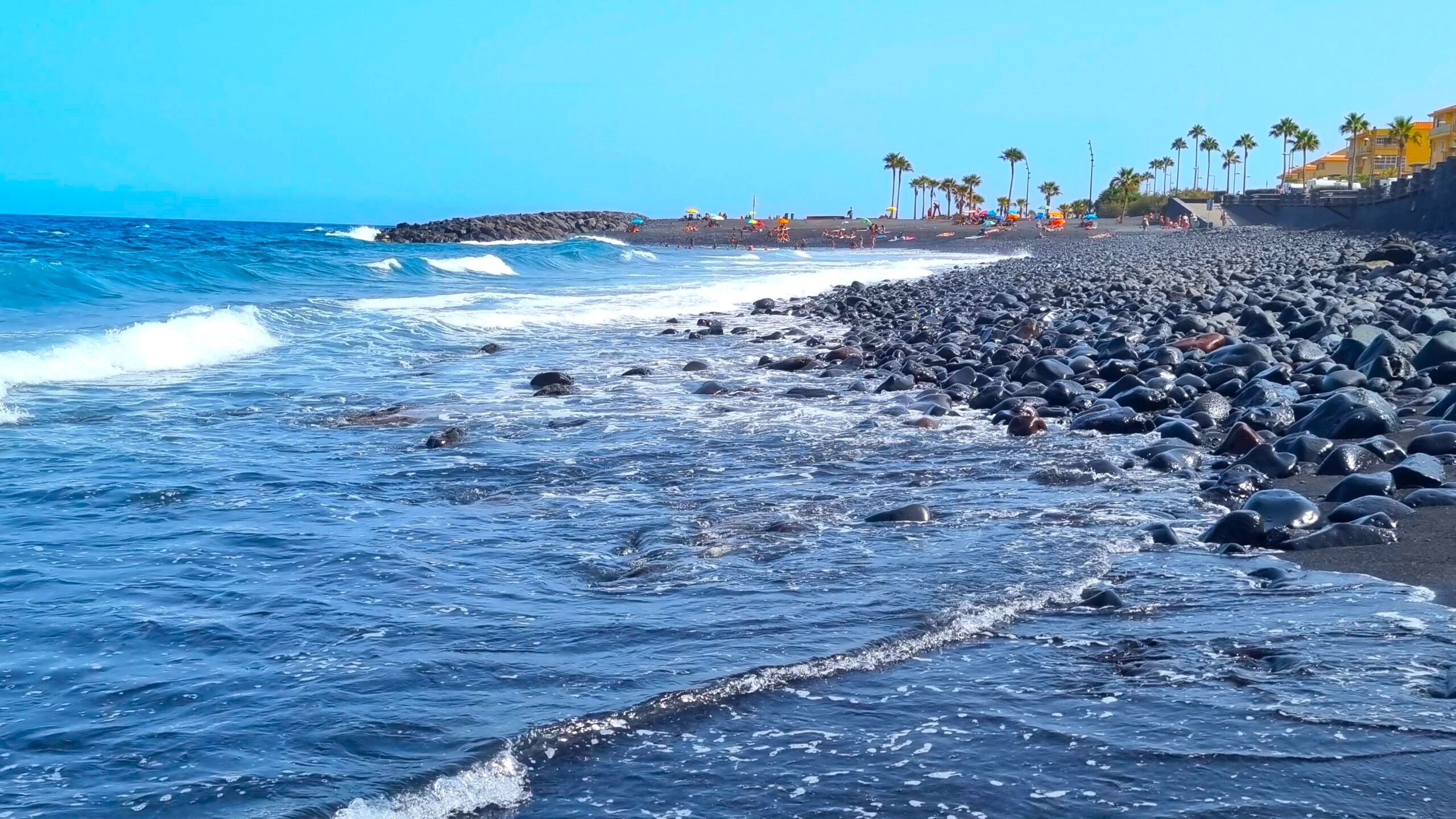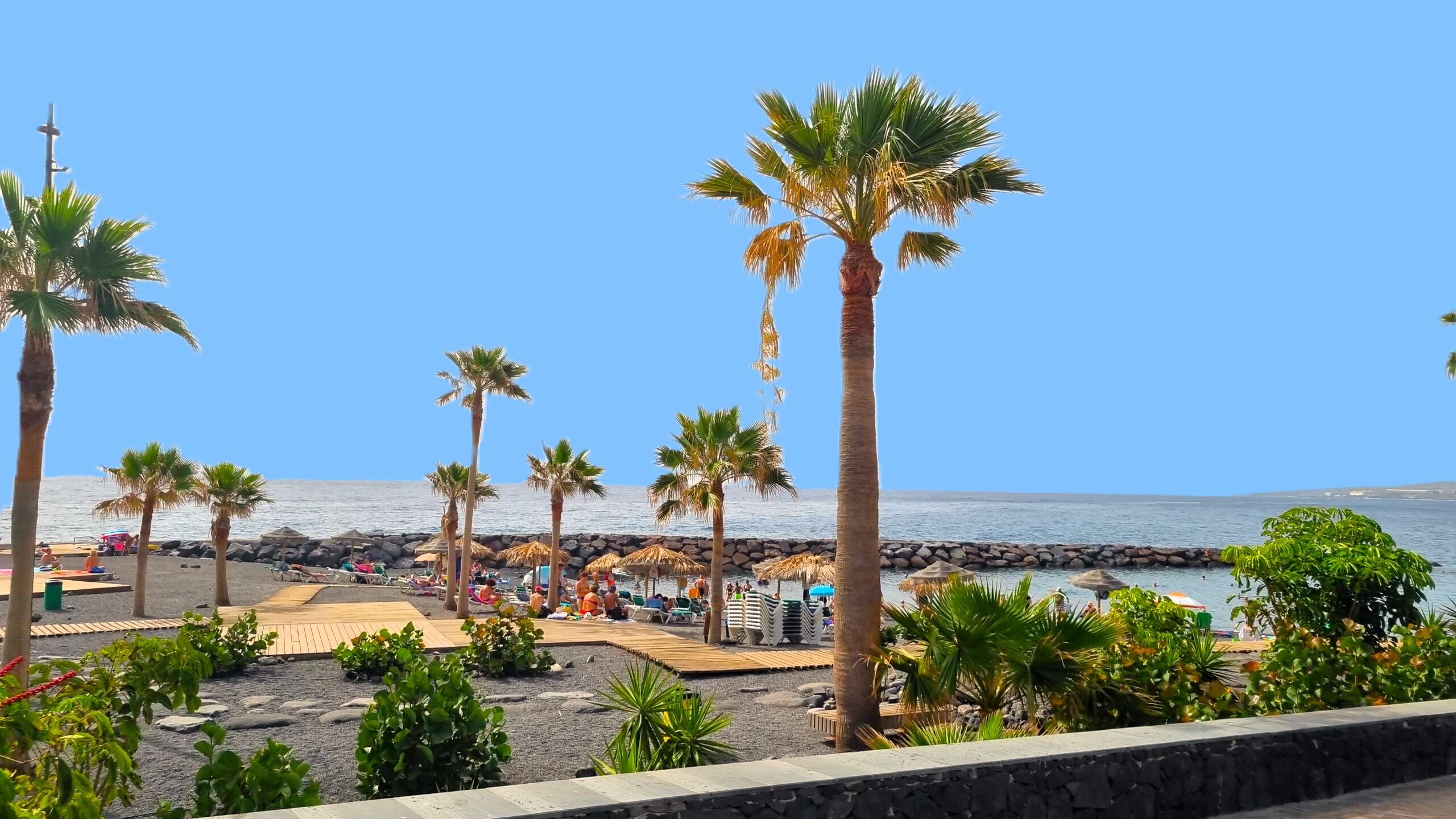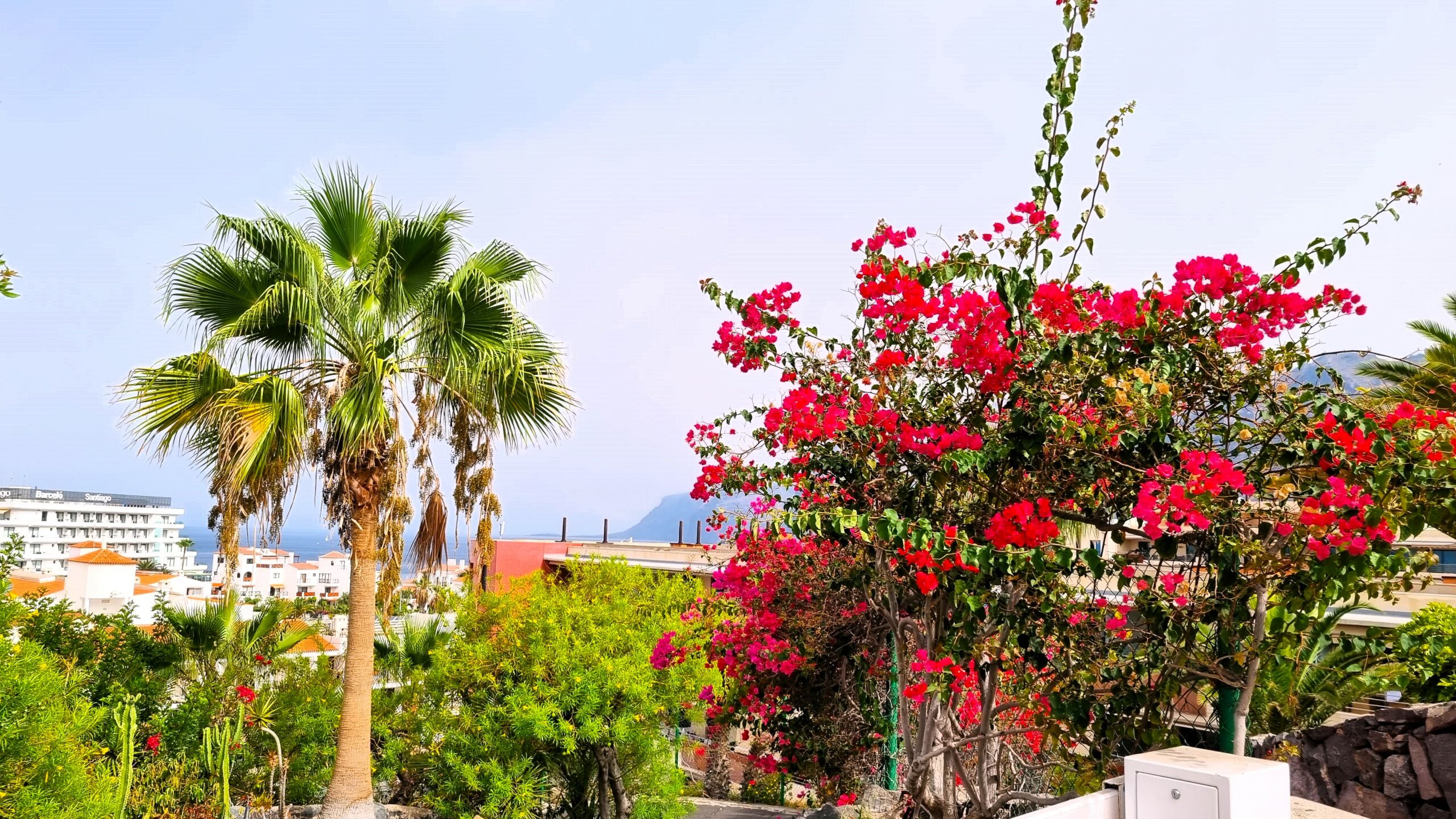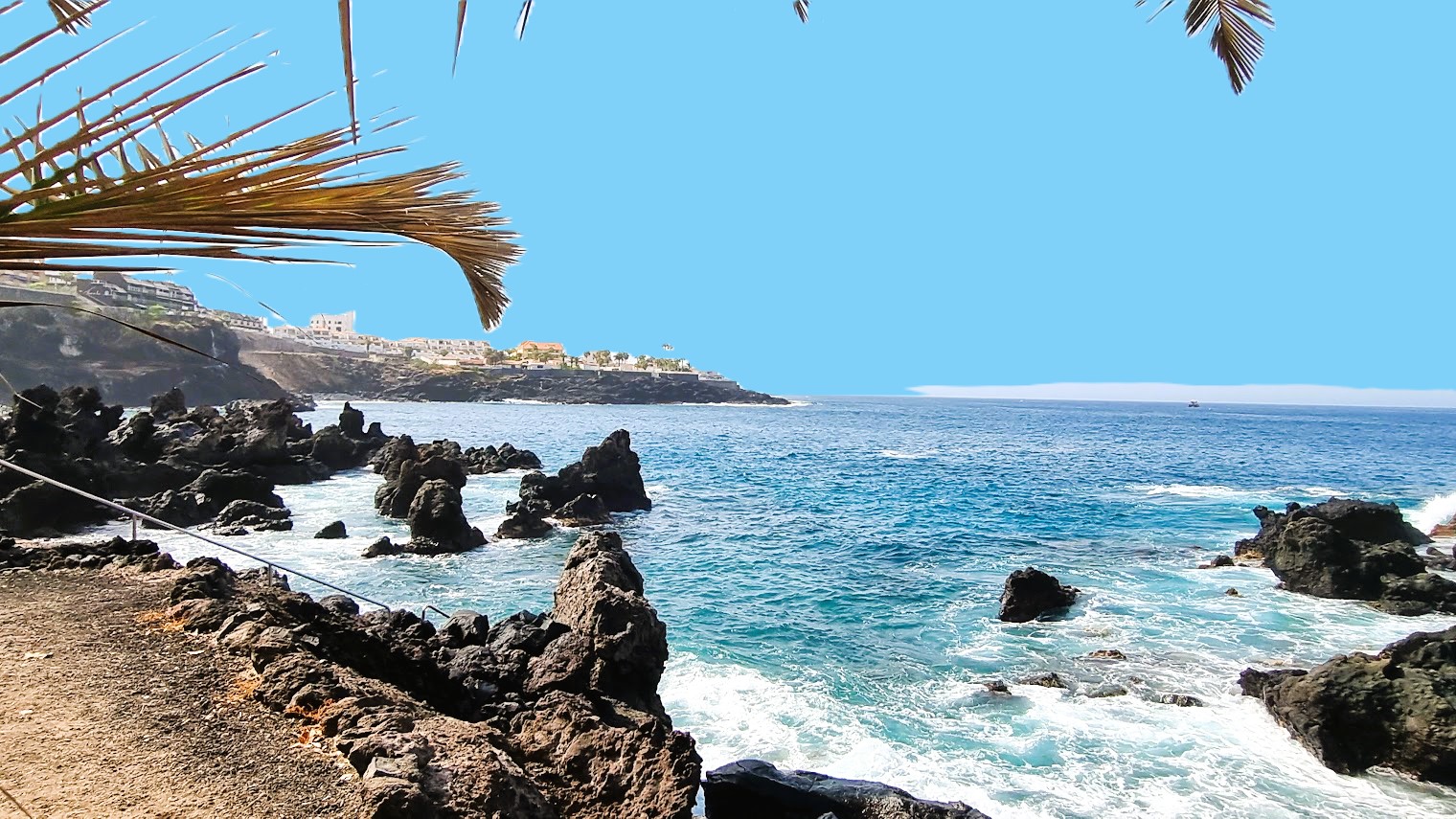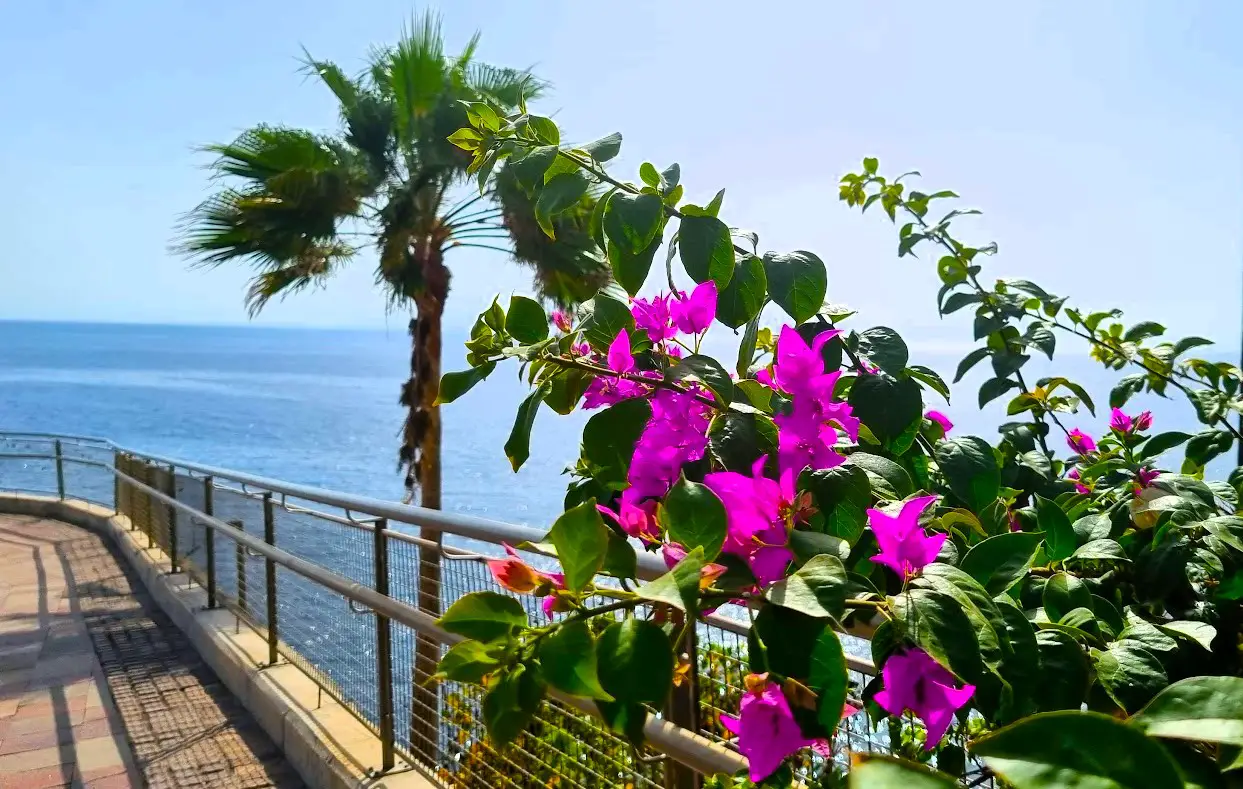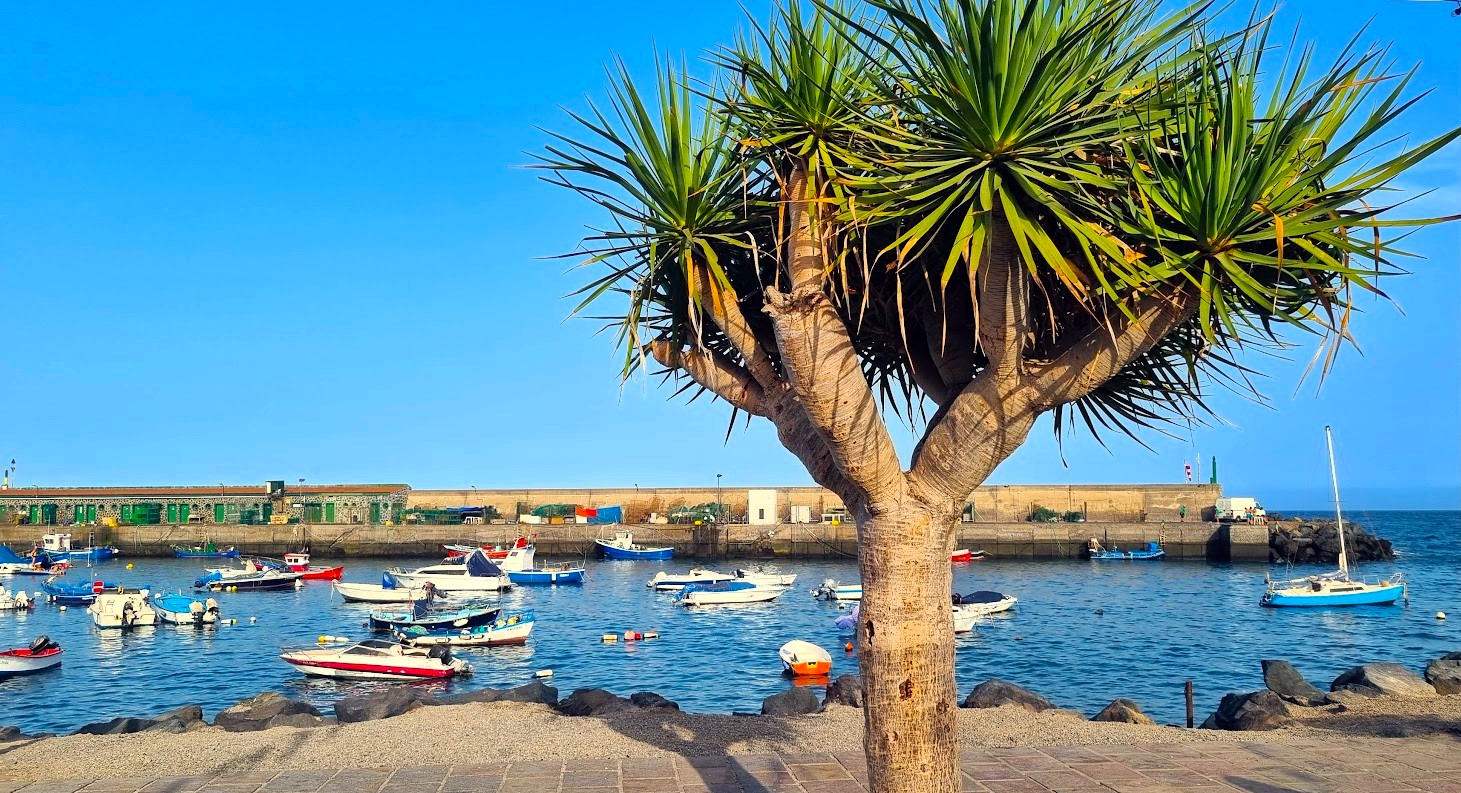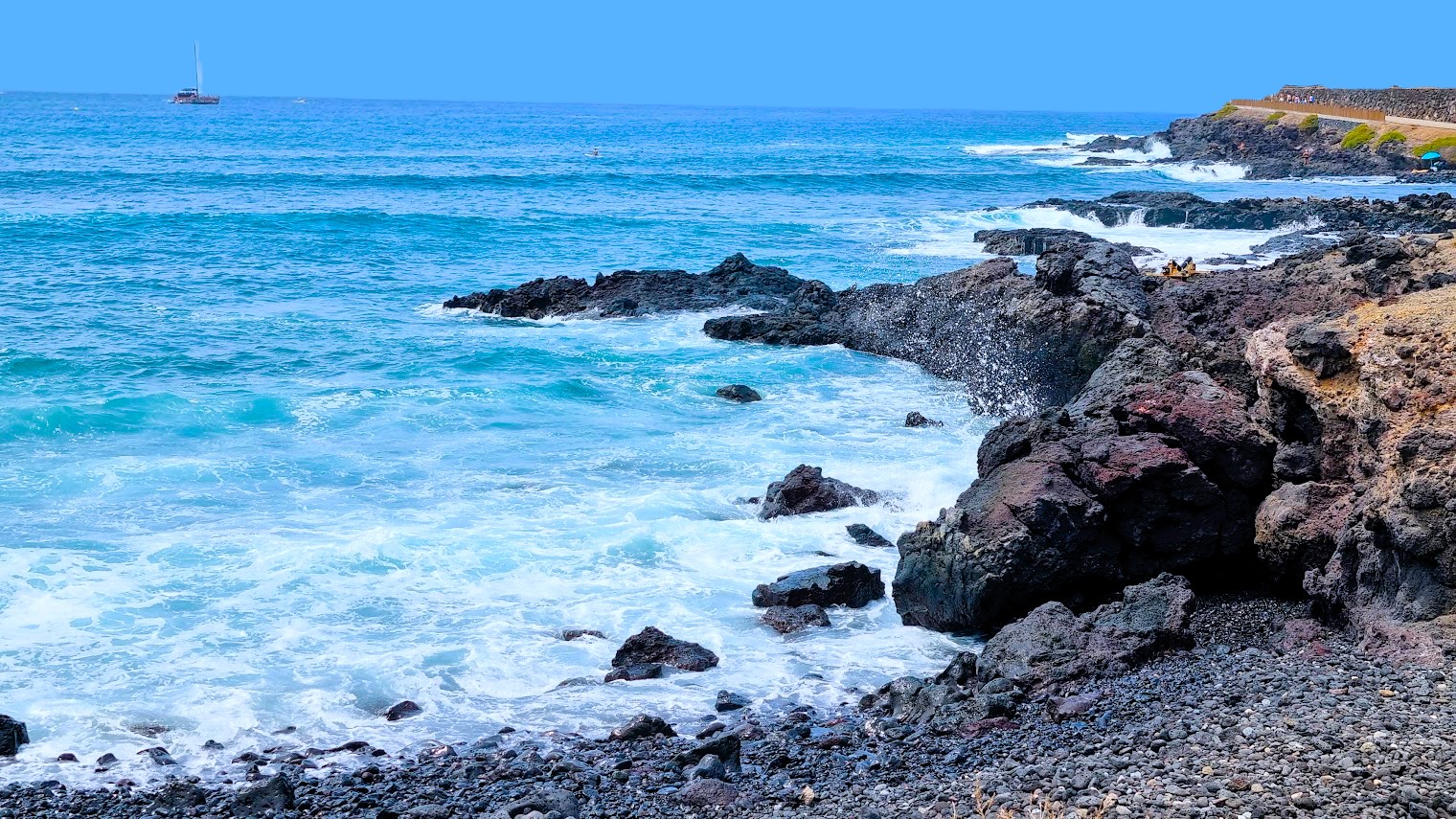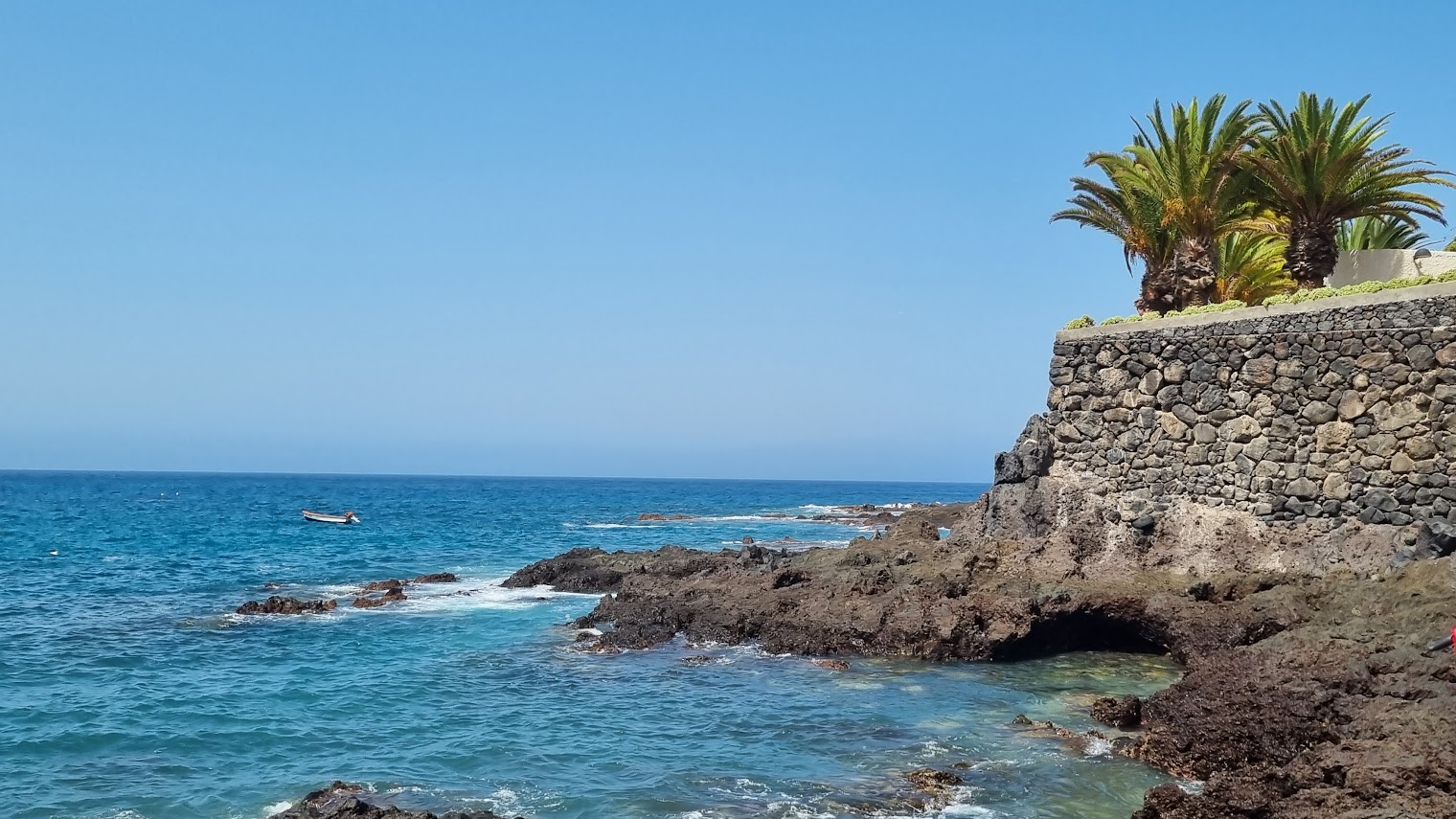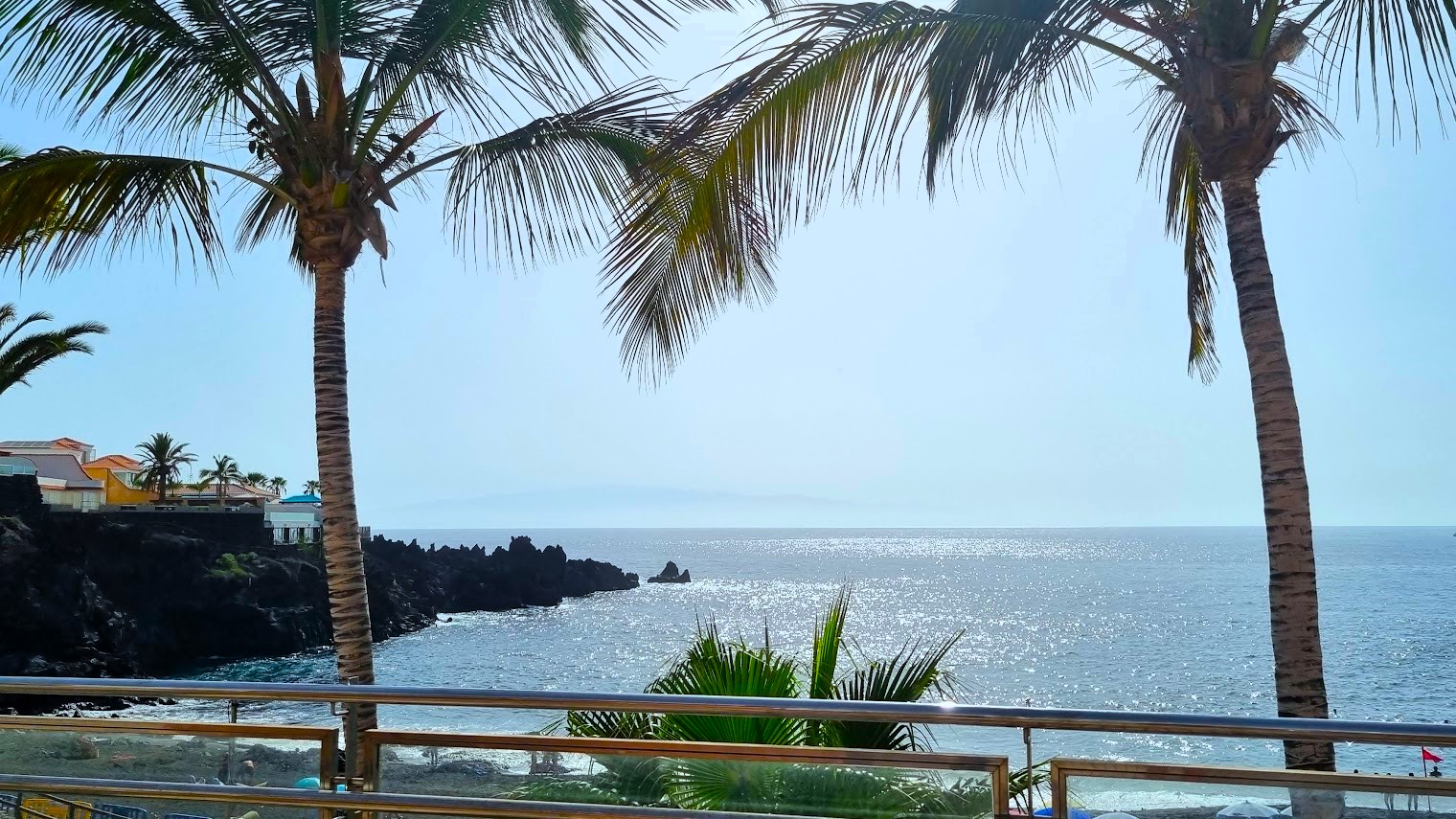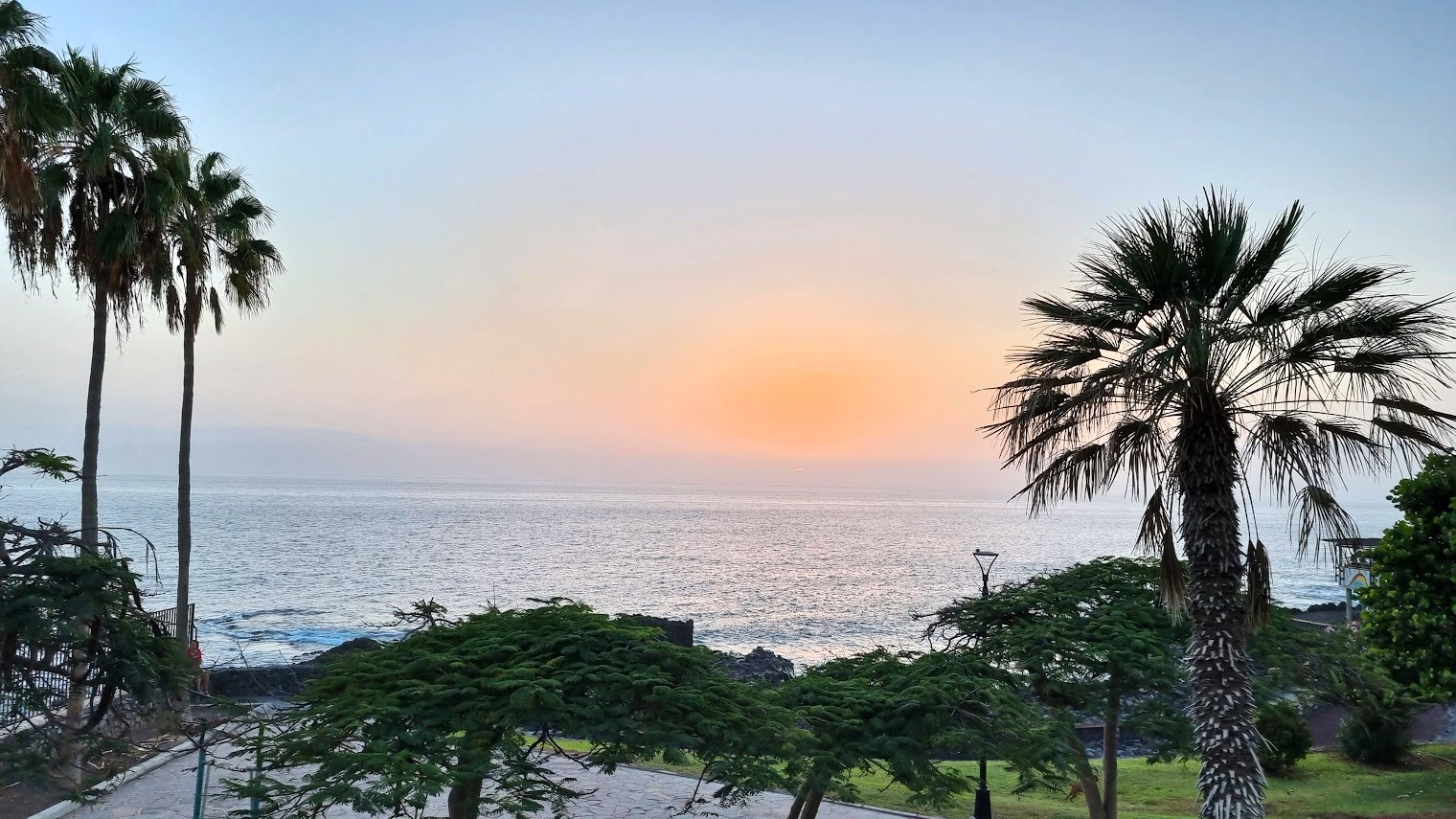Tenerife Weather in March
Tenerife’s climate is pleasantly warm all year round. The island is geographically close to the African continent and is situated at the same latitude as the Sahara Desert. Due to the northeasterly trade winds and the Canary Current, temperatures in Tenerife do not get quite as hot as on the North African mainland.
Tenerife’s Microclimates
Tenerife is characterised by diverse microclimates due to its varied landscapes and topography, including mountains and coastal areas. This means that the weather, including temperatures, rainfall and wind can differ, depending on which part of the island you are visiting.
The information given on this page is the average taken from across the island. If you are visiting the northern parts of the island and higher elevations, you may experience slightly cooler temperatures and more rainfall, while the southern coastal areas might be a little warmer and sunnier.
Temperatures in March
In Tenerife, March is considered a transitional month from winter to spring. The temperatures during this time are mild and pleasant.
Air Temperature
Daytime
In Tenerife, the average daytime temperatures in March typically range from around 18 to 24 degrees Celsius (64 to 75 degrees Fahrenheit).
Nighttime
During the month of March, the average nighttime temperatures in Tenerife usually range from approximately 13 to 17 degrees Celsius (55 to 63 degrees Fahrenheit).
Sea Temperature
The sea temperature in Tenerife typically ranges from around 18 to 20 degrees Celsius (64 to 68 degrees Fahrenheit) in March. The water temperature can vary depending on the specific location and the surrounding ocean currents.
Sunshine
Daylight hours
In March, Tenerife typically experiences increasing daylight hours as spring progresses. On average, Tenerife can expect around 11 to 12 hours of daylight during this month. As the island is moving toward the summer months, the days will continue to lengthen, providing more sunlight for outdoor activities and exploration. The spring equinox, when day- and nighttime are approximately equal, usually occurs around the 20th or the 21st of March.
Number of sunny days
Tenerife typically experiences a significant number of sunny days in March. On average, you can expect about 21 to 23 sunny days during the month.
UV-Index
The UV-index is a measure of the strength of ultraviolet (UV) radiation from the sun that reaches the Earth’s surface. It’s an important indicator of the potential for harm from unprotected sun exposure. The UV index is influenced by various factors, including the angle of the sun, cloud cover, and altitude. In Tenerife, the sun can be quite intense, even in the winter and spring months.
On average, the UV index in Tenerife during March ranges from 6 to 8, which falls into the “moderate to high” category. This means that it’s advisable to take precautions when spending time outdoors, such as wearing sunscreen, sunglasses, and protective clothing, especially during peak sunlight hours.
Rainfall
Tenerife experiences relatively low rainfall in March compared to the wetter winter months. March is considered part of the transition period from the winter rainy season to the drier spring and summer seasons. On average, you can expect around around 4 to 6 rainy days or 25 to 30 mm (1 to 1.2 inches) of precipitation during March.
Wind
Tenerife can experience some windy conditions in March, but the intensity and frequency of winds can vary across different regions of the island. In general, March is not considered one of the windiest months, with the average wind speed being 5.0 mph / 8.0 kmh, but breezy conditions can occur, especially in coastal areas.
The southern and western parts of Tenerife tend to be less windy compared to the northern and eastern regions. The trade winds, which are prevailing easterly winds in this region, can influence the weather and contribute to breezy conditions.
What to Wear in Tenerife in March
Light Layers
Bring light and breathable clothing for daytime activities. T-shirts, short-sleeved shirts, and blouses are suitable.
Light Jacket or Sweater
Evenings can be cooler, especially in higher altitudes. Having a light jacket or jumper is advisable for cooler evenings.
Swimwear
While some may find the sea temperature still a bit cool for swimming, you can definitely enjoy the beaches or hotel pools. Do make sure to brnig your swimwear.
Sun Protection
Pack sunscreen to protect your skin from the sun. Consider wearing a wide-brimmed hat and sunglasses for additional sun protection.
Comfortable Shoes
March is a great time for walking and exploring, so it’s a good idea to bring comfortable shoes. If you plan to hike or go slightly further afield, consider sturdy walking shoes as well as breathable and moisture-wicking clothing.
Rain Gear
As Tenerife can experience occasional rain showers in March, pack a light waterproof jacket or a travel umbrella for unexpected rainfall.
Check the forecast
Before you set off on holiday, don’t forget to check the forecast for your travel dates to get the up-to-date information on temperatures and weather patterns during your stay in Tenerife.
Tenerife Climate and Weather throughout the Year
Please see the following pages for more information.

